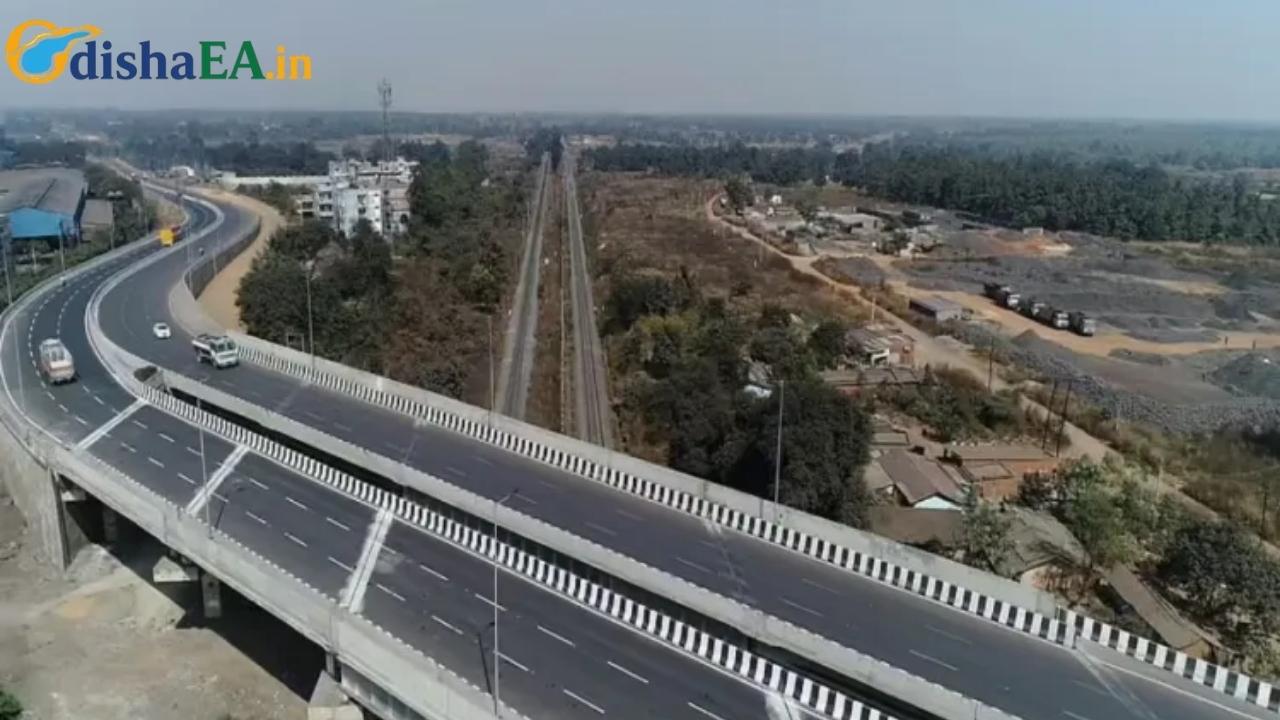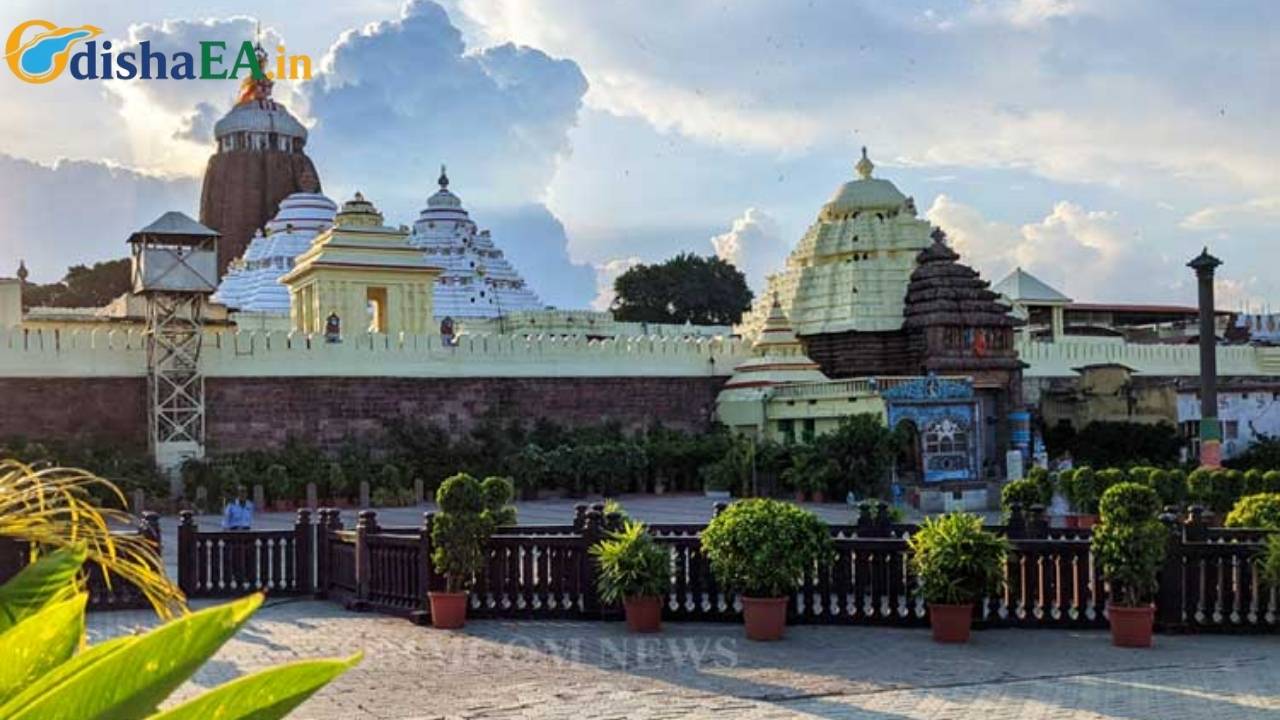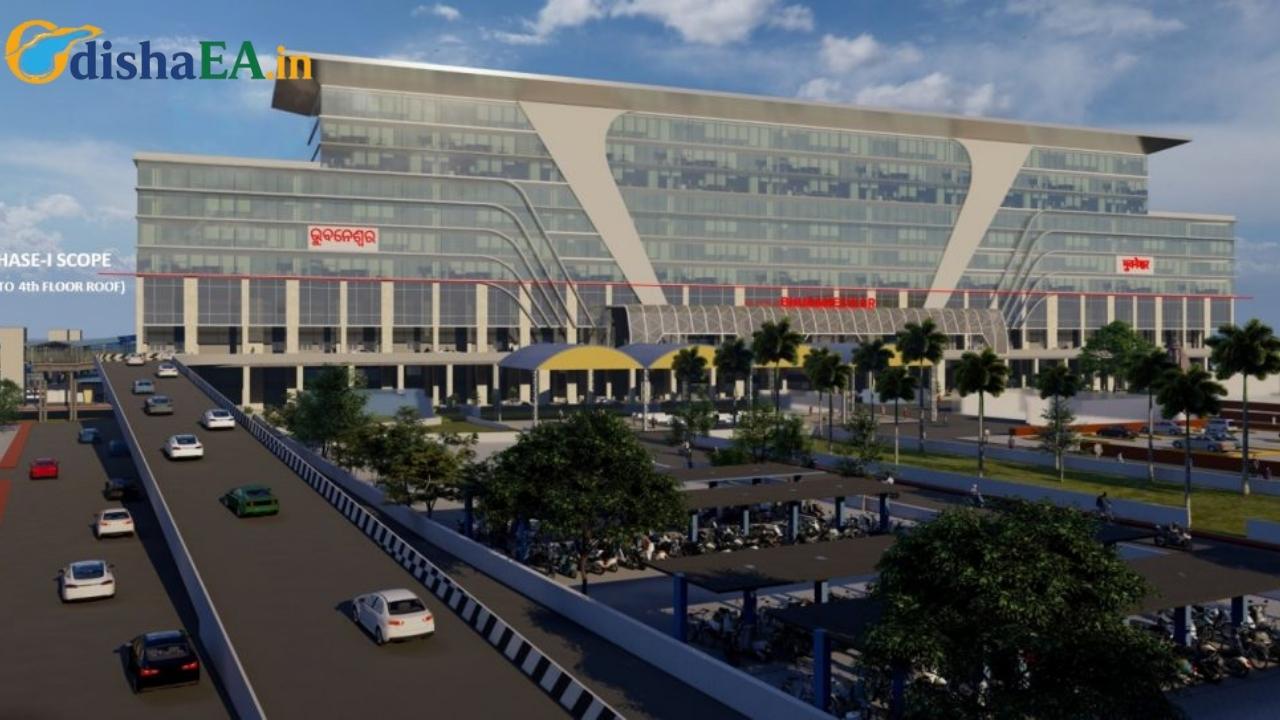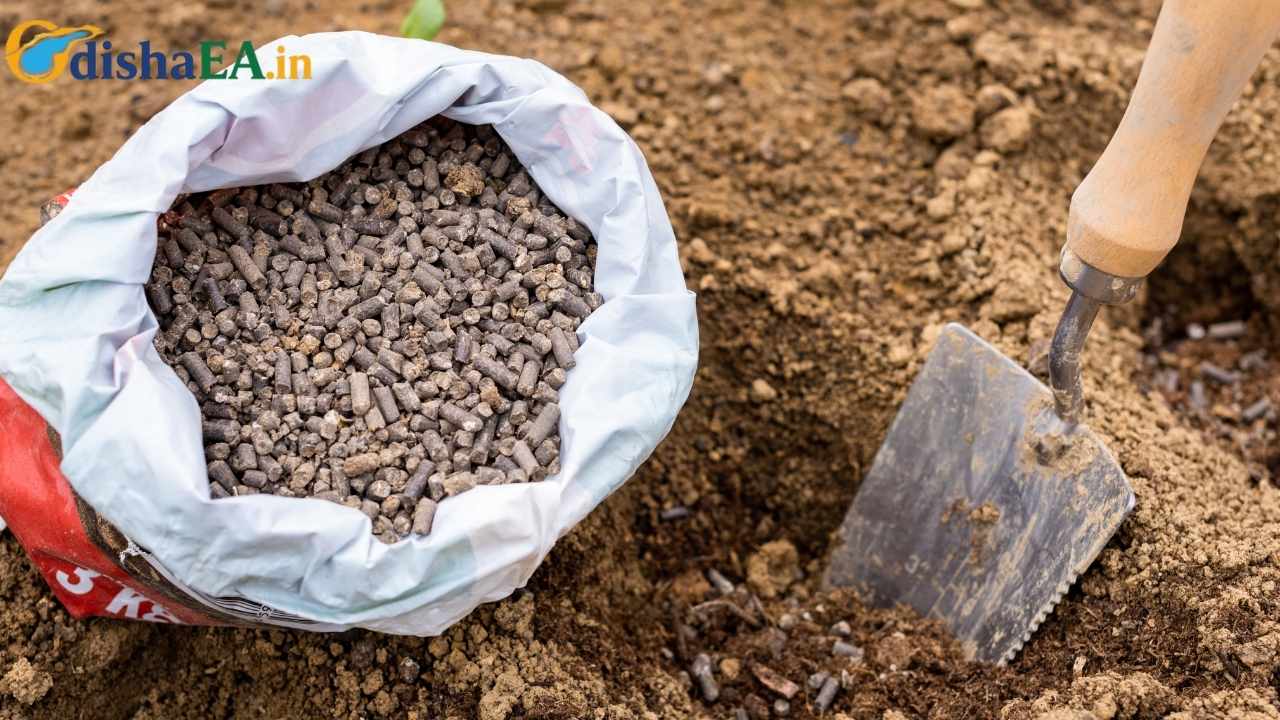When you first hear the number 30,000 kilometers of roads, your brain probably does a double take. Yep, you read that right. The Indian state of Odisha just dropped a massive plan to build 30,000 km of rural roads and 500 bridges over the next five years. Rural Development Minister Rabi Narayan Naik, alongside Chief Minister Mohan Charan Majhi, announced this infrastructure push that could reshape the state’s connectivity forever.
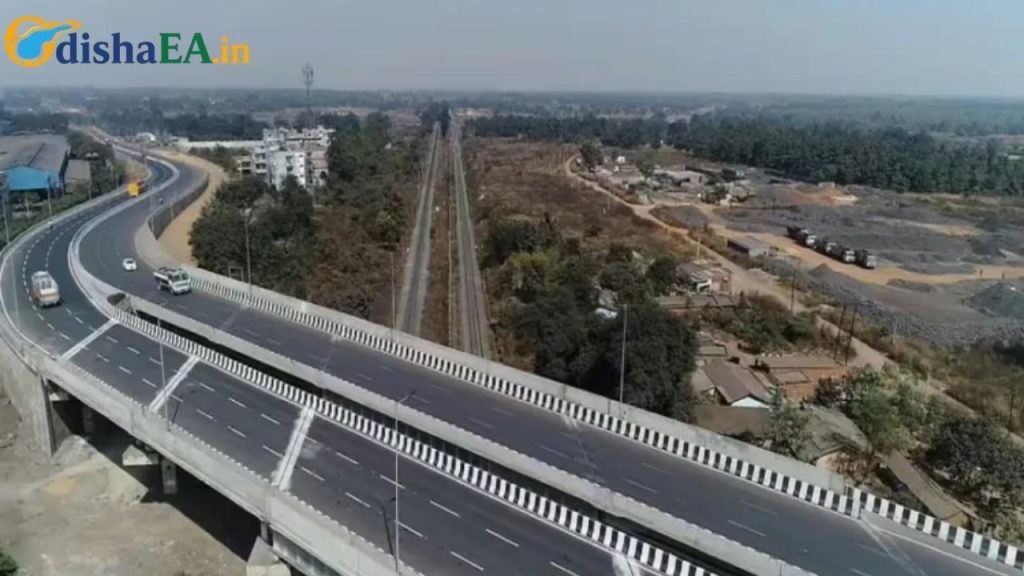
To put this in perspective for my fellow U.S. readers: 30,000 km is like paving a road stretching from New York to Los Angeles… and then driving back to New York three more times. That’s a serious amount of asphalt and concrete. And for Odisha, where villages often rely on shaky connections, this is a game-changer.
Odisha to Build a Jaw-Dropping 8,500 KM of Roads
| Point | Details |
|---|---|
| Project Goal | Build 30,000 km of roads + 500 bridges in 5 years |
| Schemes Involved | Mukhyamantri Sadak Yojana (MSY), Pradhan Mantri Gram Sadak Yojana (PMGSY) |
| Progress So Far (PMGSY) | 70,711 km of rural roads completed out of ~73,985 km sanctioned (PMGSY official) |
| MSY 2025–26 Target | 5,000 km of roads + 300 bridges (₹3,469.94 crore budget) |
| Monitoring Strategy | Monthly targets, strict deadlines, penalties for delays |
| Big Picture | Improve rural connectivity, support tribal/remote areas, boost economy |
| Official Source | Government of Odisha Rural Development Dept |
Odisha’s announcement to build 30,000 km of rural roads and 500 bridges in 5 years isn’t just a construction plan—it’s a lifeline for millions of villagers. With a strong accountability system, blended funding models, and a focus on underserved communities, this initiative could become a blueprint for rural infrastructure worldwide.
Whether you’re an engineer in Texas, a policymaker in New York, or a farmer in rural India, one thing is clear: roads change lives. And Odisha just committed to building a whole lot of them.
Why This Matters: Roads = Opportunity
Think about your hometown. Imagine if you didn’t have a reliable road to your school, the nearest hospital, or even the grocery store. That’s the reality in a lot of rural Odisha. Farmers often struggle to get crops to the market. Kids trek long distances through muddy paths to reach school. And ambulances? Sometimes they can’t even make it to remote villages.
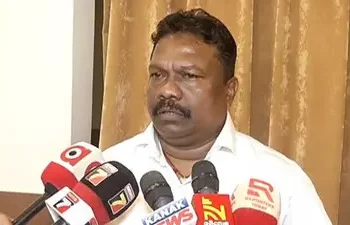
By building these roads and bridges, Odisha isn’t just pouring concrete. It’s laying down lifelines. A solid rural road network means:
- Faster healthcare access: A heart attack patient can reach the hospital in time.
- Economic boost: Farmers can sell veggies, grains, and goods in bigger markets.
- Education made easier: Kids don’t have to wade through rivers or dirt paths to reach school.
- Disaster relief: Odisha faces cyclones often, and strong roads help with evacuation and aid delivery.
In the U.S., we take highways and interstates for granted. But in developing regions, a 10-mile stretch of road can completely change lives.
Breaking Down the Numbers
Mukhyamantri Sadak Yojana (MSY)
- 4,500 km completed in 2024–25.
- 5,000 km targeted for 2025–26.
- 300 new bridges scheduled in the same year.
- Total cost: ₹3,469.94 crore (~$416 million).
Pradhan Mantri Gram Sadak Yojana (PMGSY)
- Out of ~73,985 km sanctioned, 70,711 km already done.
- Odisha ranks 4th in India for PMGSY implementation.
- Phase IV is tackling 942 roads and 8 bridges to connect 1,021 habitations (villages without road access).
For comparison, the U.S. Interstate Highway System is about 75,000 km long. Odisha’s plan to add 30,000 km is like building nearly half the interstate system—just in one state.
Accountability: No More “Slow as Molasses” Projects
One of the coolest (and strictest) parts of Minister Naik’s announcement? He basically told government engineers: “Get it done, or your paycheck gets docked.”
- Delays in road projects will now lead to salary deductions.
- Contractors and engineers could face disciplinary actions.
- A dedicated monitoring team will track progress against monthly targets.
This approach is a lot like how the U.S. Department of Transportation ties federal funds to state-level progress. Deadlines matter, and Odisha’s leadership is sending a strong message: taxpayers’ money won’t be wasted.
Practical Takeaways: Lessons for Infrastructure Everywhere
If you’re in government, construction, or urban planning (or even if you’re just a curious reader), Odisha’s strategy carries lessons:
- Set Big, Clear Goals
– Instead of small piecemeal projects, Odisha put forward a massive, measurable plan.
– Example: 30,000 km + 500 bridges. Numbers don’t lie. - Tie Performance to Accountability
– Docking salaries for delays might sound harsh, but it forces efficiency.
– In the U.S., think of it like tying bonuses to project completion deadlines. - Prioritize Rural First
– Urban areas often hog infrastructure projects. Odisha is flipping the script by focusing on villages.
– In America, this is like making sure rural Appalachia or Native reservations get broadband before building another Silicon Valley tech hub road. - Leverage Both State and Federal Programs
– Odisha combines state-level schemes (MSY) with federal programs (PMGSY).
– It’s like when U.S. states use both federal highway funds and local bonds to stretch their budgets.
Step-by-Step Guide: How This Will Roll Out
Here’s a simple breakdown of how the project is expected to unfold:
- Planning Stage
– Survey villages, identify missing links, prioritize roads for tribal and remote regions. - Funding Allocation
– Mix of state funds (MSY) and central funds (PMGSY). Budgets earmarked in annual plans. - Execution
– Contractors assigned road sections. Bridges get separate tenders due to higher complexity. - Monitoring
– Monthly check-ins, real-time progress dashboards, random site inspections. - Community Feedback
– Local leaders and residents give input on whether new roads are actually functional.
This kind of stepwise approach makes sure it’s not just a political promise, but a trackable, transparent initiative.
Odisha’s Flood Nightmare Eases—But Here’s Why Authorities Aren’t Celebrating Yet
Odisha’s Aviation Revolution: Seaplane Operations and Water Aerodromes Set for October
FAQs
Q1: Why is Odisha focusing on rural roads instead of highways?
Because most of Odisha’s population lives in villages. Highways are important, but rural roads are the foundation of social and economic development.
Q2: Who funds these projects?
Both the Odisha state government (through MSY) and the Government of India (through PMGSY).
Q3: How will this impact jobs?
Construction = jobs. From engineers to local laborers, this project will employ thousands. Plus, better roads create long-term job opportunities by boosting markets.
Q4: What about environmental concerns?
Sustainable practices are encouraged, but as with any large-scale project, there’s a balance between development and ecological preservation.
Q5: When will people start seeing results?
Some roads are already being built under MSY 2024–25. The bigger five-year plan is rolling out in phases, with visible progress expected every year.

